
Top Surgeon Claims He's Ready To Do The World's First Ever Human Head Transplant
In what is being described as one of the boldest and most controversial medical proposals of the 21st century, Italian neurosurgeon Dr. Sergio Canavero claims he is ready to perform the world’s first human head transplant - a procedure that sounds more like science fiction than modern surgery.
The announcement, which has reignited intense debate in medical, scientific, and ethical circles worldwide, involves the radical idea of taking the head of a living person and transplanting it onto the body of a brain-dead donor. Canavero insists the science is ready. The world’s experts, however, are far from convinced.
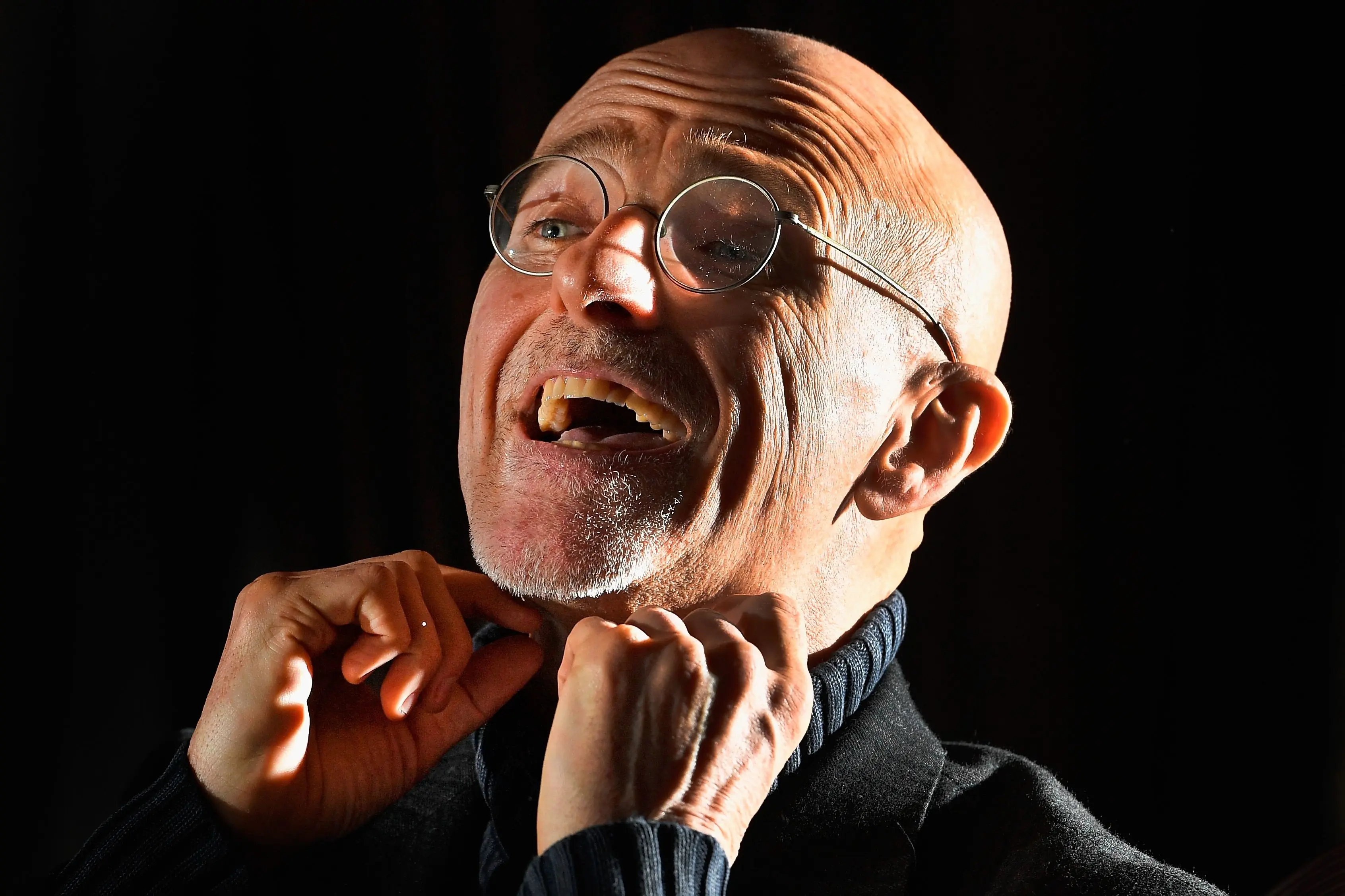
From Pain Research to Transplant Pioneer
Dr. Canavero’s fascination with the brain and nervous system began in the field of central pain research, but it took a sharp turn after a pivotal conversation with Carlo Alberto Pagni, a leading neurologist.
“I want to do head transplants,” Canavero recalled telling him. “And the guy didn’t lose his composure.”
Inspired by the challenge of pushing the boundaries of neuroscience, Canavero began publishing on the possibility of full head transplantation. In 2011, he released a book laying the groundwork for what he called the HEAVEN (Head Anastomosis Venture) procedure - a term that now encapsulates both his ambition and the controversy surrounding it.
Canavero’s Claims: From Monkeys to Human Cadavers
Over the years, Canavero has repeatedly stated that he and his team have already transplanted heads in animals, including monkeys and dogs, and have even attempted the procedure on human cadavers.
He describes these experiments as proof-of-concept, claiming that the biggest challenges - keeping blood flow steady during the procedure, minimizing neural degeneration, and reattaching major arteries - have largely been addressed.
But the biggest hurdle remains: reconnecting the spinal cord.
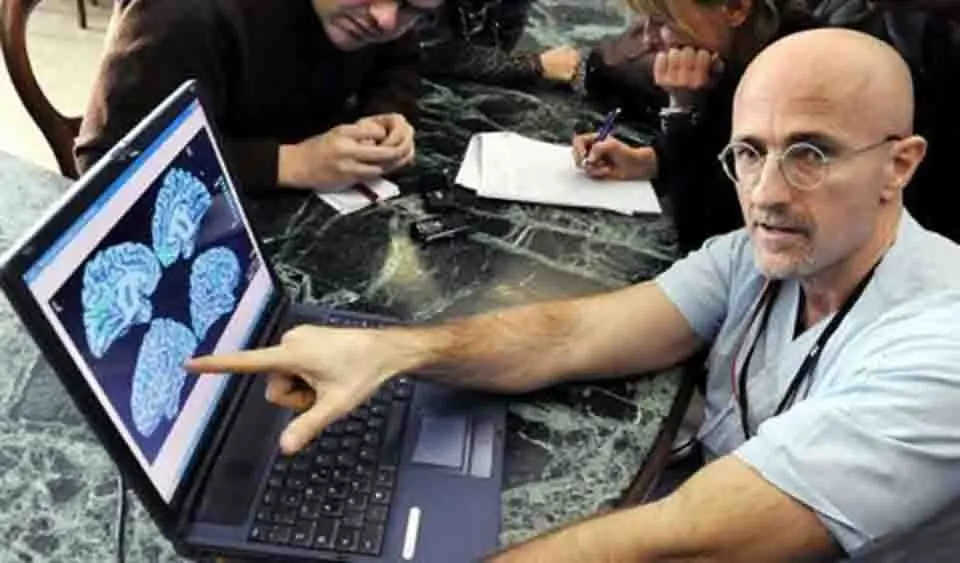
The Medical Reality: Why Experts Say It Can’t Be Done
According to Dr. Allen Furr, author of A Test of Morals: The Surgical, Ethical, and Psychosocial Considerations in Human Head Transplantation, Canavero’s proposal borders on the impossible.
“Where there is skepticism and outright disbelief in [Canavero’s] proposal is reconnecting the spinal cord,” Furr explained. “There are around the world 250,000 spinal cord injuries a year, and we cannot treat them.”
Indeed, despite decades of research and millions in funding, spinal cord regeneration remains one of modern medicine’s greatest unsolved puzzles. The nervous system is notoriously complex, and while there are some experimental treatments for spinal cord injuries, their success rates are extremely low and inconsistent.
“If reconnecting the spinal cord were truly possible,” Furr added, “we’d already be seeing it done in trauma centers around the world.”
The Volunteer Who Walked Away
In 2013, Canavero announced he had found a willing volunteer: Valery Spiridonov, a Russian computer scientist with Werdnig-Hoffmann disease, a degenerative condition that leads to muscle atrophy and nerve deterioration.
Spiridonov became the face of the HEAVEN project and publicly committed to undergoing the groundbreaking surgery, despite the enormous risks.
But as the years passed and the surgery remained theoretical, Spiridonov’s life changed. He got married, started a family, and ultimately withdrew from the procedure.
“He moved on,” Canavero acknowledged. “And I respect that.”
Since then, no new volunteer has been formally confirmed, though Canavero maintains that several candidates remain interested, awaiting ethical approval and surgical readiness.
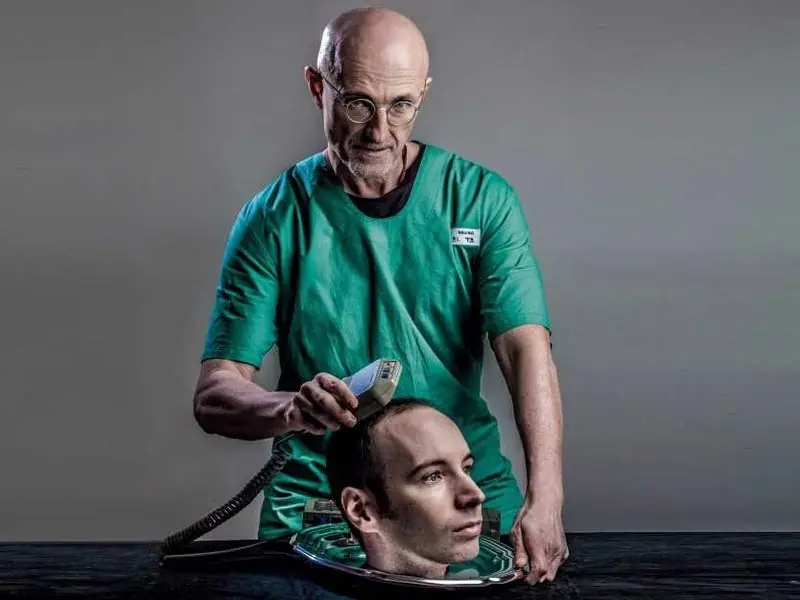
The Ethical and Legal Minefield
Beyond the surgical doubts, Canavero's proposed procedure raises massive ethical and legal concerns.
To begin with, the operation would require decapitating a living person - an act unprecedented in modern surgery. Even if blood flow and oxygenation could be preserved during the process, critics argue that no medical framework currently exists for how to classify, consent to, or regulate such a surgery.
The recipient's immune system would also need to be suppressed to near-zero, to prevent rejection of the new body. This would leave the patient vulnerable to infections, organ failure, and an unpredictable cascade of complications.
Even if the surgery were “successful” by medical standards - defined as surviving the transplant - patients would likely face severe consequences.
“We just have no experience decapitating a living person and bringing that person back to life in any capacity,” said Furr.
“Even if somehow they survived, they’d likely face excruciating pain and some kind of paralysis.”
He concludes grimly: “The quality of life would be tragic.”
How Would It Even Work? Theoretical Procedure Overview
While the full procedure has never been tested on a living human, Canavero has laid out a detailed plan for how he believes the operation could unfold:
- Donor Selection: A brain-dead patient with a healthy, functioning body is matched with a living recipient suffering from a terminal or degenerative disease.
- Surgical Cooling: Both the donor body and recipient’s head would be cooled to around 12–15°C to reduce cellular damage.
- Simultaneous Decapitation: Surgeons would remove both heads at the same time, preserving blood vessels and key nerves.
- Spinal Cord Fusion: Using a substance called PEG (polyethylene glycol), the two spinal cords would be fused - a process that is still entirely unproven in humans.
- Reconnection of Muscles and Blood Vessels: The intricate process of stitching together hundreds of tiny arteries, veins, and nerves begins.
- Induced Coma and Rehabilitation: The patient is kept in a medically induced coma for several weeks to facilitate healing.
Despite Canavero’s confidence in this outline, no verified case has demonstrated its viability even in animals with long-term success.
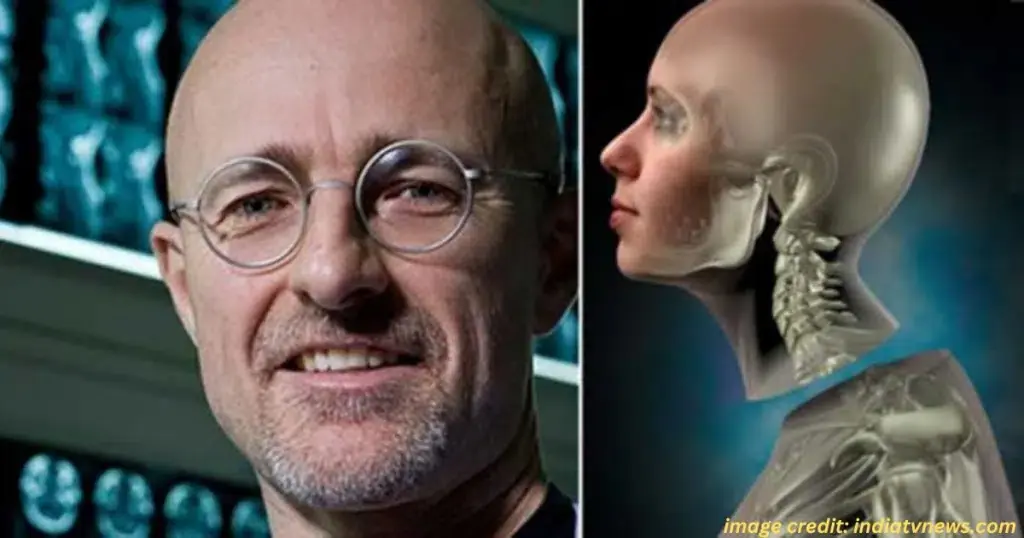
Why the Public is Still Fascinated
Headlines about “the world’s first head transplant” pop up every few years, often drawing more attention than most real medical breakthroughs. Why?
Because the idea plays on some of our deepest fascinations and fears - identity, mortality, and the limits of science. If you receive a new body but keep your head, are you still you? Would you feel different, look different, live differently?
_“It feels like Frankenstein and Elon Musk had a baby,” one Twitter user commented on a recent viral video simulating the procedure.
“It’s horrifying - but I can’t stop reading.”
Where Do We Go From Here?
Canavero continues to push forward. In recent interviews, he’s insisted the technology is ready. What’s lacking, he says, is courage - from both the medical community and regulatory bodies.
But most scientists believe caution, not cowardice, is what’s holding back the surgery. With no conclusive success in animals, no way to repair the spinal cord, and serious ethical voids, the idea remains theoretical at best, dangerous at worst.
And yet, there’s an undeniable truth: every great leap in science started as an idea others said was impossible.
Final Thoughts: A Dream Too Far?
Canavero may never complete the surgery he’s envisioned for over a decade. Or, perhaps someday, a team of researchers building on his theories will figure out how to reconnect the spinal cord, suppress immune rejection, and truly revive a severed human nervous system.
For now, however, the human head transplant remains in the realm of theoretical medicine, high-stakes ambition, and global debate.
“I was ready,” Canavero once said. “But how would I break it to the world?”
The world, it seems, isn’t ready yet.
News in the same category


12 Health Hacks Doctors Rarely Share: Secrets for Optimal Health and Well-being

A Parade Moment That Became Global Joy

Nick Vujicic: Living Proof That the Human Spirit Knows No Limits

You’re Made of Stardust – Literally! 🌌🚀

Sea Levels Are Rising Faster Than At Any Time In 4,000 Years 🌍

Your Dog Might Actually Love You More Than Food

Deep Freeze Set to Slam the Eastern U.S. This December
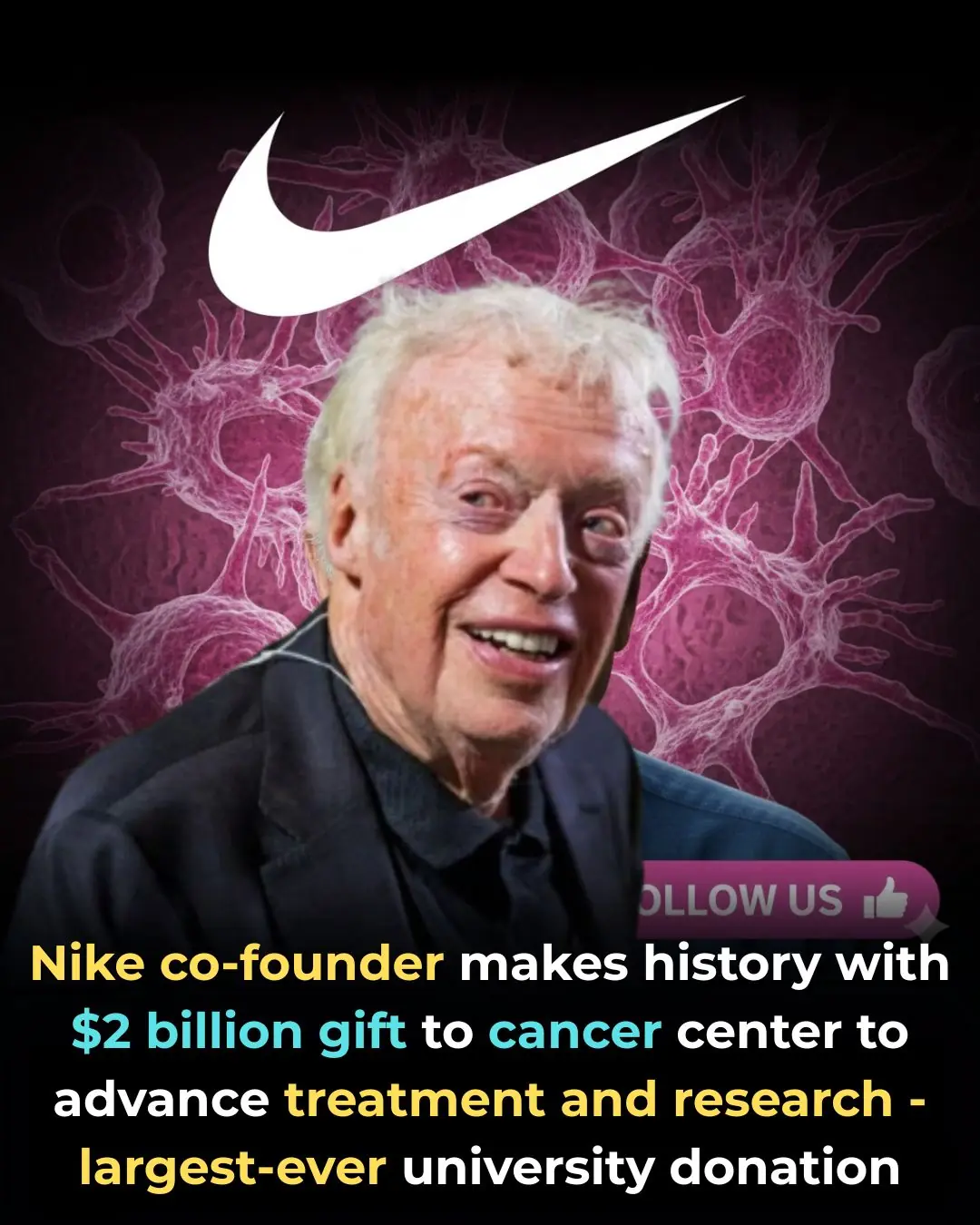
Nike Co-Founder Phil Knight Makes Historic $2 Billion Donation to Cancer Research

Dutch Engineers Tackle the Pacific’s Plastic Crisis with 600-Meter Ocean Vacuum

How to Take a Loop of the Entire U.S. by Train

The Quiet Rise of Everyday Health-Tracking Technology

The Hidden Toll of People-Pleasing: How Emotional Suppression Can Trigger Autoimmune Disorders

The Pudu: The World’s Tiniest Deer and Its Role in South America's Forest Ecosystems

Deep Water Cycle: Scientists Discover Hidden Ocean Beneath Earth's Surface

Mexico City’s Sweeping Bullfighting Ban Marks Major Shift in Cultural and Animal-Welfare Policy

Los Angeles County Erases $180 Million in Medical Debt for 39,000 Residents

The 2025 Atlantic Hurricane Season Intensifies: A Heightened Risk for Major Storms

Europe Faces Unprecedented Heatwave: Rising Temperatures Strain People, Infrastructure, and Agriculture

Revolutionary Light-Based Cancer Treatment Offers New Hope with High Success Rate
News Post

Top 8 Foods to Clean and Restore Your Liver Naturally

The Ancient Secret Seed That Revolutionized Wellness: Unlocking the Power of Hibiscus and Cloves

Garlic Remedy for Removing Moles and Skin Tags Naturally: What Works and What to Know

Fibromyalgia: The Hidden Energy Crisis Behind Your Pain, Fatigue, and Sleepless Nights

The Hidden Oil That Sparks Her Desire and Rekindles Your Marriage

Unlock the Ancient Secret of Peach Tree Resin: 15 Life-Changing Benefits You’ll Wish You Knew Sooner

Aloe Vera & Cinnamon: The Traditional Duo That Naturally Supports Your Health, Vitality, and Vision

Why Germany Makes New Dog Owners Take a Test

The Gut-Heart Connection: How Your Gut Microbiome Affects Your Heart Health

One Glass to Flush Your Colon Clean in Just 10 Minutes!

The 11 surprising baking soda uses that actually have science behind them

Common pain meds trick doctors into heart failure misdiagnosis

12 Health Hacks Doctors Rarely Share: Secrets for Optimal Health and Well-being

Top 6 Nutrients To Reduce Knee Osteoarthritis Pain

Could your toes be warning you about your lifespan? Foot expert explains

Could your morning orange juice be supporting your heart more than you think?

Top 10 Signs of Kidney Problems You ABSOLUTELY Must Be Aware Of…

A Parade Moment That Became Global Joy

Nick Vujicic: Living Proof That the Human Spirit Knows No Limits
